Table of content
- Color Matters (But Not Always How You Think)
- Skin Texture: Smooth vs. Bumpy
- Check for Blemishes and Bruises
- Firmness vs. Softness
- The Squeeze Test
- Avoid Sticky or Oily Residue
- How to Smell Test
- Exceptions to the Rule
- How to Weigh in Your Hand
- Exceptions
- Seasonal Guide for Common Citrus Fruits
- Out-of-Season Caveats
- Countertop Storage
- Refrigeration
- Freezing Citrus Juice
- Mistake #1: Assuming Size Equals Quality
- Mistake #2: Ignoring the Stem End
- Mistake #3: Overbuying
How to Choose the Best Citrus Fruits: Expert Tips and Techniques for Selecting the Freshest and Juiciest Oranges, Mandarins, and More**
Citrus fruits, with their vibrant colors, refreshing flavors, and nutrient-rich profiles, are a staple in kitchens and diets worldwide. From zesty oranges and tangy lemons to sweet mandarins and grapefruits, these fruits offer a burst of vitamin C, antioxidants, and hydration. However, selecting the perfect citrus fruit can sometimes feel like a gamble. A dull-looking orange might hide a juicy interior, while a glossy-skinned lemon could surprise you with its dryness. To help you navigate the produce aisle with confidence, this comprehensive guide explores the art of choosing the best citrus fruits, focusing on visual cues, texture, aroma, and seasonal insights. Whether you’re a home cook, a health enthusiast, or simply someone who loves a refreshing snack, these tips will ensure you never settle for subpar citrus again.
The first step in selecting a high-quality citrus fruit is a thorough visual assessment. While beauty isn’t everything, the exterior often provides critical clues about what’s happening beneath the skin.
Color Matters (But Not Always How You Think)
Citrus fruits come in a spectrum of hues, from bright orange to deep yellow and even greenish tints. Contrary to popular belief, a perfectly uniform color isn’t always the sign of ripeness. For example:
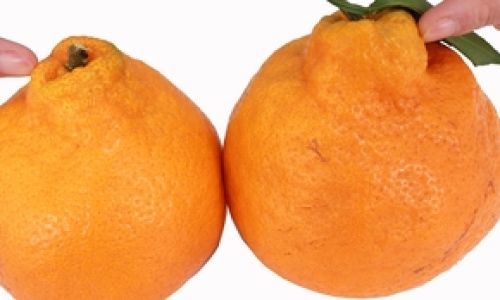
- Oranges: A deep orange or slightly reddish tint usually indicates maturity. However, some varieties, like Valencia oranges, may retain a greenish hue even when ripe due to chlorophyll breakdown during cold storage. Trust other indicators (like texture and aroma) if the color seems inconsistent.
- Mandarins (Baba Gan): Look for a rich, golden-orange shade. Avoid fruits with pale or yellowish patches, as they may be underripe or overly mature.
- Lemons and Limes: Vibrant yellow lemons are typically ripe, while limes should be a fresh green. Overly dark limes might be past their prime, while pale lemons could lack acidity.
Skin Texture: Smooth vs. Bumpy
The skin’s texture can reveal much about the fruit’s juiciness and flavor:
- Smooth Skin: Fruits with glossy, unblemished skin often appear appealing but may lack sweetness. Overly smooth oranges, for instance, might be thin-skinned and less juicy.
- Bumpy or Slightly Rough Texture: A slightly pebbled or dimpled surface (common in mandarins and some oranges) often correlates with thicker skin, which protects the juicy flesh inside. These fruits tend to be sweeter and easier to peel.
- Avoid Shriveled or Wrinkled Skin: This indicates dehydration or old age. The fruit inside is likely dry and less flavorful.
Check for Blemishes and Bruises
While minor scars or surface imperfections are harmless (and sometimes unavoidable), avoid fruits with:
- Soft Spots: These are early signs of decay.
- Mold or Fungal Growth: Especially common in humid environments, mold can spread rapidly.
- Deep Cuts or Gashes: These compromise the fruit’s integrity, leading to faster spoilage.
The Tactile Test: Feel the Fruit
Texture is a critical indicator of ripeness and quality. Gently handling the fruit can tell you whether it’s ready to eat or needs more time.
Firmness vs. Softness
- Ideal Firmness: The fruit should feel heavy for its size and yield slightly to gentle pressure. A rock-hard fruit is likely underripe, while a mushy one is overripe.
- Mandarins (Baba Gan): These should feel plump and slightly springy. Overly soft mandarins may be mealy or dried out.
- Grapefruits: Firmer than oranges, grapefruits should have a taut, smooth skin without excessive give.
The Squeeze Test
Lightly press the fruit with your fingertips:
- Oranges and Mandarins: A subtle give indicates juiciness. If it feels hollow or too soft, skip it.
- Lemons: They should feel firm but not rock-hard. Overly soft lemons may be mealy inside.
Avoid Sticky or Oily Residue
Some citrus fruits, particularly mandarins, may have a natural waxy coating. However, excessive stickiness or oily patches could signal artificial wax (used for preservation) or spoilage.
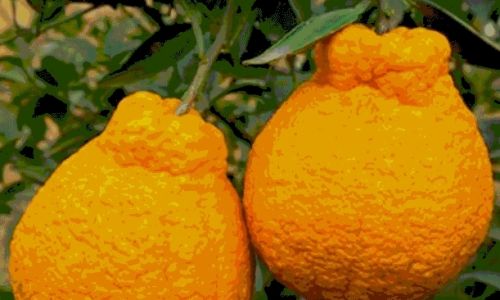
The Aroma Factor: Trust Your Nose
A citrus fruit’s scent is a direct reflection of its flavor and freshness. A ripe fruit should emit a bright, tangy aroma.
How to Smell Test
- Hold the Fruit Close: Gently press the stem end (where the fruit was attached to the tree) and sniff. This area often releases the strongest scent.
- Look for a Fresh, Citrusy Scent: A strong, invigorating smell indicates ripeness and flavor. Dull or fermented odors suggest overripeness or spoilage.
- Avoid Fruits with No Scent: If it smells like nothing, it’s likely underripe or has been stored for too long.
Exceptions to the Rule
- Limes: Unlike oranges, limes have a subtle aroma even when ripe. Focus more on texture and color here.
- Blood Oranges: Their distinct floral notes may be less pungent than regular oranges but should still be noticeable.
Weight: Heavier Fruits = More Juice
A simple but effective trick is to compare the weight of similar-sized fruits. Heavier citrus fruits generally contain more juice, as the weight reflects higher water content.
How to Weigh in Your Hand
- Compare Two Fruits: Pick up two fruits of the same size. The heavier one is likely juicier.
- Avoid Lightweight Fruits: If a fruit feels unusually light, it may be dry or past its prime.
Exceptions
- Thin-Skinned Varieties: Some oranges (like Valencias) have thinner skins and may feel lighter but still be juicy. Combine this test with others for accuracy.
Seasonal Wisdom: When to Buy What
Citrus fruits have peak seasons, and buying in-season ensures optimal flavor and value.
Seasonal Guide for Common Citrus Fruits
- Oranges: Peak from December to April (varies by variety and region).
- Mandarins (Baba Gan): November to February.
- Grapefruits: Winter months (December to March).
- Lemons and Limes: Available year-round but peak in winter and spring.
Out-of-Season Caveats
Fruits shipped from distant regions may lack flavor or be artificially ripened. Opt for local, in-season produce whenever possible.
Storage Tips to Maximize Freshness
Proper storage extends the life of citrus fruits and preserves their juice content.
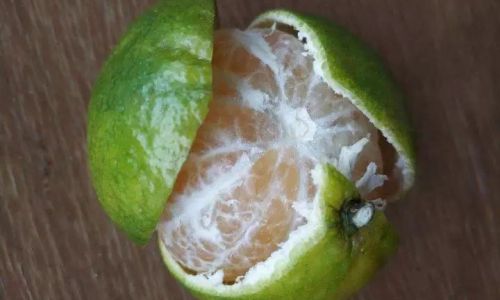
Countertop Storage
- Short-Term: Keep citrus in a cool, dry place away from direct sunlight. Use within a week.
- Avoid Plastic Bags: Trapped moisture accelerates spoilage.
Refrigeration
- Long-Term: Store in the crisper drawer for up to two weeks.
- Mandarins: Refrigerate to prevent mold, especially in humid climates.
Freezing Citrus Juice
- For Later Use: Juice the fruit and freeze in ice cube trays. Thaw cubes as needed for recipes or drinks.
Common Mistakes to Avoid
Even seasoned shoppers make errors when selecting citrus. Steer clear of these pitfalls:
Mistake #1: Assuming Size Equals Quality
While large fruits seem impressive, they’re not always better. Smaller citrus can be sweeter and juicier. Focus on weight and texture instead.
Mistake #2: Ignoring the Stem End
The stem area is prone to mold. Check for discoloration or softness here.
Mistake #3: Overbuying
Citrus fruits deteriorate quickly. Buy only what you’ll use within a week, unless freezing.
The Health Benefits of Fresh Citrus
Beyond their culinary uses, citrus fruits are nutritional powerhouses:

- Vitamin C: Boosts immunity and skin health.
- Fiber: Aids digestion (especially in whole fruits).
- Antioxidants: Combats inflammation and oxidative stress.
Conclusion: Mastering the Art of Citrus Selection
Choosing the perfect citrus fruit is a blend of science and intuition. By combining visual cues, tactile feedback, and aromatic checks, you can consistently bring home the juiciest, most flavorful specimens. Remember to prioritize in-season produce, store fruits properly, and avoid common pitfalls like size bias or neglecting the stem end. Whether you’re squeezing fresh orange juice, zesting a lemon, or peeling a mandarin for a snack, these tips will elevate your citrus game and ensure every bite bursts with natural goodness.
Final Tip: Experiment with different varieties! From blood oranges to Meyer lemons, the world of citrus offers a kaleidoscope of flavors waiting to be explored. Happy selecting!
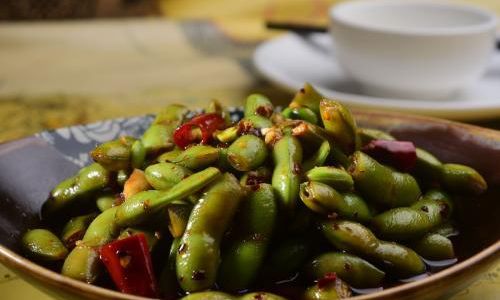
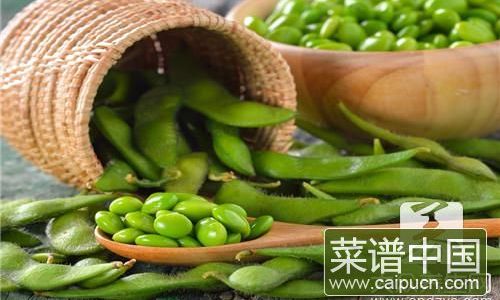
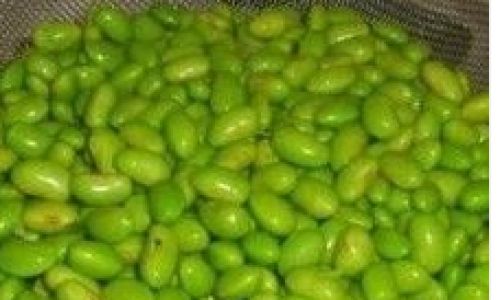

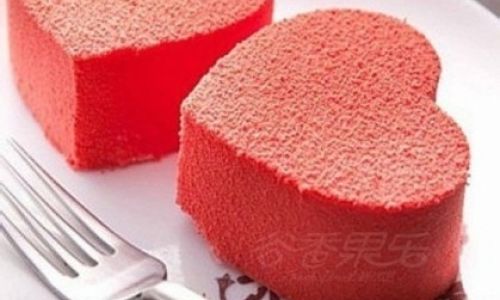

0 comments